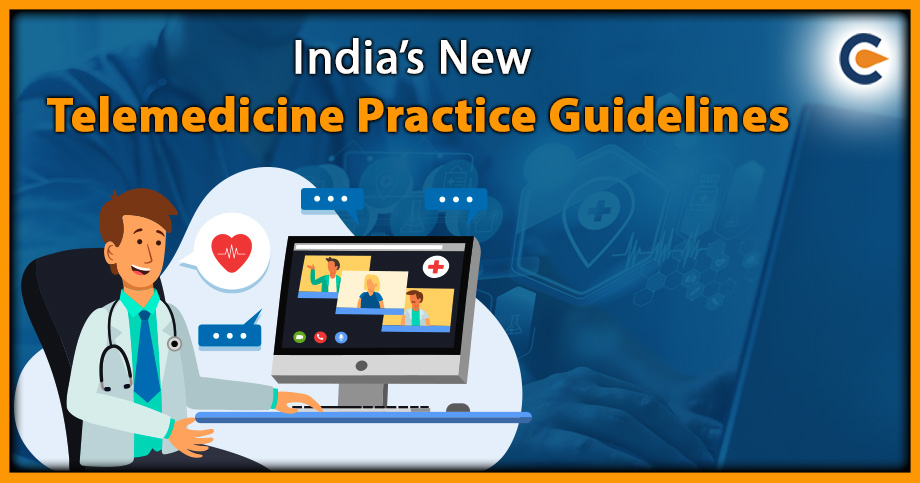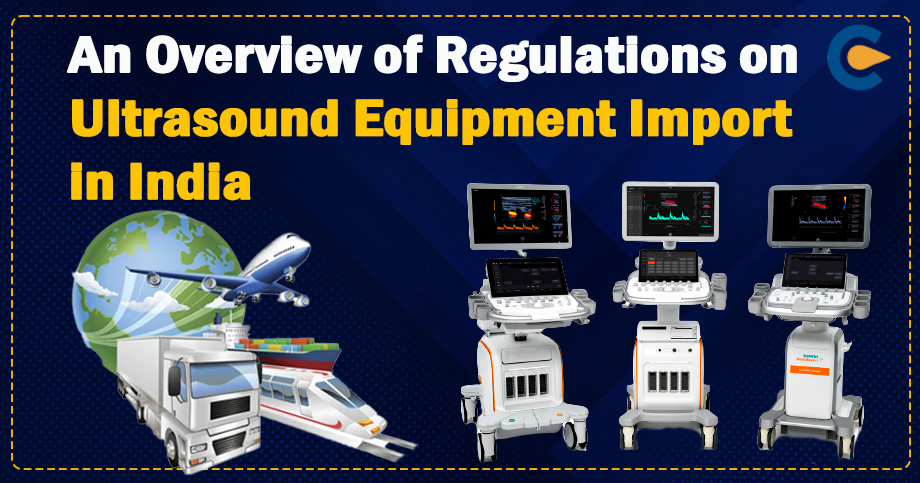India’s new telemedicine practice guidelines were issued by the Ministry of Health and Family Welfare in March 2020. These guidelines aim to provide a framework for the practice of telemedicine in India and ensure that patients receive safe, effective, and ethical healthcare services. Here is a complete guideline on India’s new telemedicine practice guidelines.
Definition of Telemedicine
According to the guidelines, telemedicine is defined as the delivery of healthcare services using telecommunication technologies such as videoconferencing, remote monitoring, and digital communication.
Telemedicine is the practice of providing healthcare services and clinical information to patients remotely, using telecommunication and information technologies such as video conferencing, online consultations, and remote monitoring devices. Telemedicine allows healthcare professionals to provide medical care to patients who are not physically present in the same location as the provider, thus increasing access to care and improving patient outcomes. Telemedicine can be used to diagnose, treat, monitor, and manage a wide range of medical conditions, including chronic diseases, mental health conditions, and infectious diseases.
Scope and Eligibility for Telemedicine and Its Registration and Licensing Process
The scope of telemedicine can vary depending on the healthcare provider and the jurisdiction in which they operate. In general, telemedicine can be used to provide a wide range of medical services, including consultations, diagnoses, treatment plans, prescription refills and monitoring of patients. However, certain types of medical services may not be appropriate for telemedicine; it is not recommended for emergency situations or cases where a physical examination or procedure is required.
Eligibility for telemedicine services also varies depending on the healthcare provider and the jurisdiction in which they operate. In general, patients who are able to communicate effectively through digital means and who do not require hands-on examinations or procedures are good candidates for telemedicine. Patients of all ages, including minors, can avail telemedicine services. However, the guidelines recommend that telemedicine should not be used for patients with complex medical conditions or those who require physical examination or intervention.
Registration and Licensing: Telemedicine practitioners need to be registered with the respective State Medical Councils or the National Medical Commission. They should also hold a valid license to practice medicine.
The registration and licensing process for telemedicine providers can also vary depending on the jurisdiction in which they operate. In many cases, telemedicine providers are required to be licensed in the state or country where they are providing services. Additionally, they may need to obtain special certifications or meet other requirements in order to provide telemedicine services. It is important for healthcare providers to understand the regulations and requirements for telemedicine in their jurisdiction in order to ensure that they are operating within the law.
Privacy & Security and Consent Regarding the Telemedicine Practice
- The guidelines emphasize the need for privacy and security of patient information. Telemedicine practitioners should ensure that patient information is kept confidential and secure.
- Privacy, security, and consent are critical aspects of telemedicine practice. Telemedicine refers to the practice of providing healthcare services remotely using technology such as video conferencing, messaging, or mobile apps. With telemedicine, it is important to ensure that patients’ personal information is protected, and that they give their consent to participate in the telemedicine encounter.
- Privacy in telemedicine involves protecting the confidentiality of patients’ health information. Healthcare providers must ensure that patients’ personal information is stored securely, and that only authorized individuals have access to it. This includes protecting patients’ information from unauthorized access or disclosure, as well as protecting against data breaches and cyber-attacks.
- Security in telemedicine refers to protecting the integrity and availability of the telemedicine system. Healthcare providers must ensure that their telemedicine systems are secure and that they comply with relevant regulations such as HIPAA[1] (Health Insurance Portability and Accountability Act) in the US or GDPR (General Data Protection Regulation) in the EU.
- Consent in telemedicine involves obtaining patients’ permission to participate in the telemedicine encounter. Patients must be informed about the telemedicine services being offered, the potential benefits and risks, and their right to decline or withdraw from the telemedicine encounter. Informed consent must be obtained before any telemedicine encounter can take place.
- Medical Records: Telemedicine practitioners should maintain accurate and complete medical records of the patient. These records should be available to the patient on request.
- Payment: The guidelines allow telemedicine practitioners to charge a fee for their services. However, the fees should be reasonable and transparent. Payment should be made through digital means, and a receipt should be provided to the patient.
Telemedicine is the delivery of healthcare services using electronic communication technologies, such as video conferencing, mobile apps, and remote monitoring devices. Payment modes for telemedicine practice can vary depending on several factors, including the healthcare provider, the patient’s insurance coverage, and the type of telemedicine service being provided.
Some common payment modes for telemedicine practice include:
- Private Payment: Patients may pay for telemedicine services out of their own pockets. Providers can offer various payment options, including credit card or PayPal.
- Insurance: Many insurance companies cover telemedicine services, though coverage may vary depending on the type of service and the patient’s plan. Some providers may require prior authorization from the insurance company before offering telemedicine services.
- Government-Funded Programs: Government-funded programs, such as Medicare and Medicaid, cover some telemedicine services. However, coverage may vary depending on the state and the type of service provided.
- Employer-Sponsored Plans: Some employers offer telemedicine services as part of their employee benefits packages. In these cases, the employer pays for the service, and the employee does not have to pay out of pocket.
It’s important to note that payment modes for telemedicine practice can vary widely depending on the provider, insurance coverage, and type of service. Patients should check with their provider or insurance company to determine the payment options available for their telemedicine services.
- Medications: Telemedicine practitioners can prescribe medicines to patients through electronic means. However, they should ensure that the prescription conforms to the prevailing laws and regulations.
- Emergency Situations: Telemedicine is not recommended for emergency situations. Patients in need of emergency care should be directed to the nearest medical facility.
Conclusion
India’s new telemedicine practice guidelines provide a framework for the practice of telemedicine in India. Telemedicine has the potential to improve access to healthcare services and reduce healthcare costs. However, it is important to ensure that telemedicine is practiced in a safe, effective, and ethical manner. It is a form of healthcare that uses technology to provide medical services remotely. It can include videoconferencing, remote monitoring, and other digital communication methods. Telemedicine has become increasingly popular in recent years, particularly in response to the COVID-19 pandemic, as it allows patients to receive medical care from the safety and convenience of their homes.
In summary, privacy, security, and consent are crucial components of telemedicine practice. Healthcare providers must take steps to protect patients’ personal information, ensure the security of their telemedicine systems, and obtain informed consent from patients before any telemedicine encounter takes place.
Also Read:
Medical Device Packaging – An Overview













